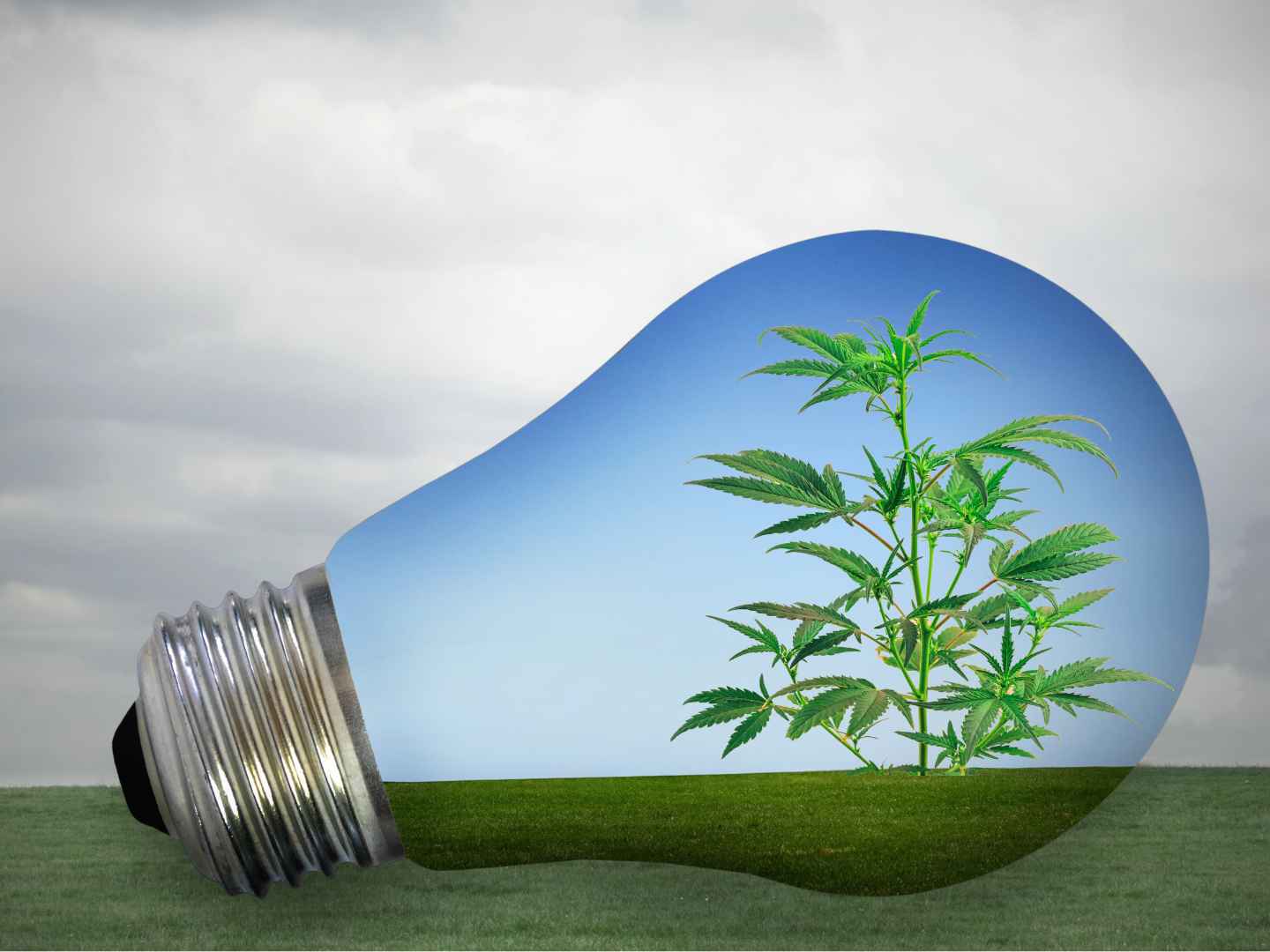The Environmental Cost of Cannabis Cultivation—and How to Fix It

Cannabis may be a plant, but large-scale cultivation is far from an environmentally neutral process. In fact, if you’re picturing serene fields of sun-grown cannabis swaying in the breeze, you’re only seeing a fraction of the reality. The cannabis industry—particularly indoor grows—has a massive carbon footprint, with heavy energy consumption, excessive water use, and harmful agricultural waste.
The good news? Sustainability in cannabis cultivation is possible, but it requires a major shift in how the industry operates. If we want to keep reaping the benefits of this plant without depleting the planet, it’s time for some serious eco-conscious reform.
The Ugly Truth: Cannabis Cultivation’s Environmental Impact
Water Consumption
Let’s start with one of the biggest concerns: water use. Cannabis is an extremely water-intensive crop.
If you're thinking, "Well, that’s just outdoor grows. Indoor cultivation must be better, right?"—not so fast.
Energy Consumption
Indoor cannabis cultivation is one of the most energy-hungry agricultural operations in the world.
To put this into perspective: The carbon footprint of indoor cannabis production is estimated to be 4,600 kilograms of CO2 per kilogram of dried flower. That’s equivalent to burning over 5,000 pounds of coal for every kilogram of weed grown indoors.
That’s not exactly a “natural” industry footprint.
Soil Degradation and Chemical Pollution
Outdoor cultivation, while potentially more sustainable than indoor growing, comes with its own challenges.
How the Industry Can Do Better
The picture isn’t all bleak. Many growers are actively working toward more sustainable cultivation practices that minimize environmental damage. Here’s how:
1. Embracing Regenerative and Organic Farming
Regenerative agriculture is a game-changer in cannabis sustainability. Instead of depleting the soil, regenerative farming restores it, ensuring long-term viability. Some key practices include:
2. Shifting to Sun-Grown Cannabis
Indoor grows are energy black holes, but outdoor and greenhouse cultivation can significantly reduce the carbon footprint of cannabis farming.
The challenge? Consumer demand. Many dispensaries and buyers associate indoor-grown cannabis with higher quality, which keeps energy-intensive grow operations in business. Changing consumer perception could drive more demand for sustainably cultivated, sun-grown cannabis.
3. Water Conservation
With cannabis sucking up millions of gallons of water, growers need better irrigation practices. Sustainable solutions include:
4. Moving Toward Renewable Energy
For indoor grows that can’t transition outdoors, renewable energy adoption is the next best step. Some forward-thinking farms are already:
5. Addressing the Cannabis Packaging Problem
Once the plant is grown, harvested, and processed, there’s still one major sustainability hurdle: packaging waste.
Cannabis products, particularly in legal markets, are often packaged in excessive plastic, childproof containers, and layers of non-recyclable materials. Some sustainable packaging solutions include:
The Future of Sustainable Cannabis
The cannabis industry is still in its infancy, which means there’s still time to shape a more sustainable future. But it’s going to take a shift in both consumer awareness and industry-wide commitment to better practices.
What you can do as a consumer:
Cannabis has the potential to be one of the most sustainable crops on Earth—but only if we stop cultivating it like a short-sighted cash crop and start growing it in harmony with nature.
The plant itself is resilient. Now, it’s time for the industry to catch up.
Please note: You are not currently logged in. Only members can contribute comments. If you would like to contribute click the button below.

JUN
Wednesday
4
A Dispensary EventDragonfly Wellness |
Dragonfly Wellness
Community Clean Up
We're an organization that is dedicated to the idea of empowering our community.
Every Thursday morning we partner with our neighbors at the Geraldine E. King Women's Resource Center to clean up our neighborhood together! We encourage all patients, pharmacies and community members alike to join us!
We understand it's not always possible to donate financially. So we have created a Covid-safe activity to benefit our entire community by cleaning it up, connecting and getting out doors all while simply donating our time together.
Masks are required. Social distancing is enforced. Supplies such as gloves, trash pickers, bags and sharp buckets will be provided for all volunteers at the south side of our building
We cannot thank you enough for your generous donation of your valuable time.
|
||||||

JUL
Monday
21
A Physician EventBryan Doner, DO |
Compassionate Caregivers and Compassionate Certification Centers
PA Medical Marijuana Educational Forum – Cranberry Public Library
Diana Briggs, Founder of PA Compassionate Caregivers and Dr. Bryan Doner, CEO of Compassionate Certification Centers, will give an overview of our PA Medical Marijuana Program. In addition, we will complete the evening with a panel of experts from the MMJ Industry to answer all of your questions.
|
